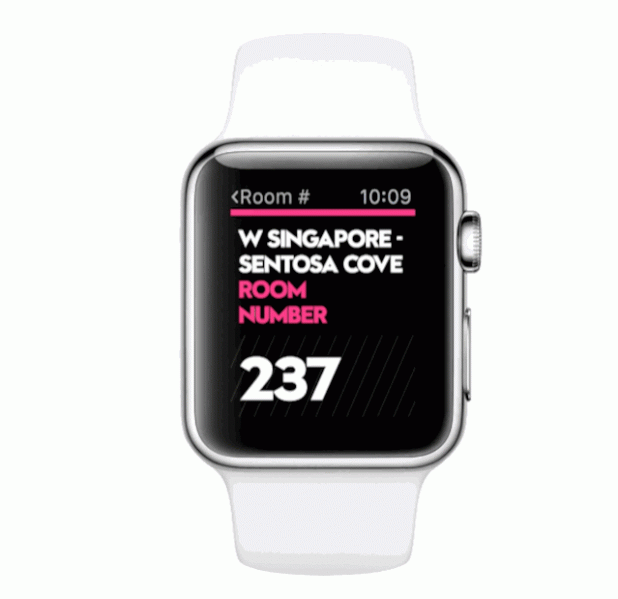Wearables are the bridge between today’s fast-paced digital, physical, and medical world and play an increasingly primary role in our tech-savvy daily life. In fact, wearable tech is no longer limited to the health and fitness sector but is penetrating many diverse industries such as hotels and defense.
According to a recent report from the International Data Corporation (IDC), smartwatches grew 54.3% in 2018 and accounted for 29.8% of all wearables. In particular, Apple’s wearables accounted for almost half the market followed by a list of companies (such as Xiaomi, Huawei, and Samsung) that reported double- and triple-digit growth.
What smartwatches and similar wearables can actually do is quite modest so far. The primary purpose of these devices is to overcome friction in the user experience. They reduce the effort and steps required by the user to interact with an app or notification, freeing them from the effort of pulling out their phone to see who is calling or how far they’ve run.
The advance of wearable technology presents some very novel and exciting challenges from a UX perspective. Such a slimmed-down user interface with no room for superfluous content means that UX designers can really get to grips with precise user needs and nothing more. Depending on the type of wearable product and its purpose, UX designers need to come up with creative ideas to link all these ingredients. Here are a couple of pointers to keep in mind for designers looking to enter this revolutionary new field of wearables.
Focus on microinteractions
“While designing for wearable tech, remember that you will find yourself in a different, unusual habitat of spaces and interactions that you’ve probably never confronted before (and neither have most of your users),” says Nick Babich, editor-in-chief of UX Planet.
“Grids and interaction paths, for example, are awesome for websites and any other setting that requires a huge amount of content to be handled. With wearable devices, though, you have limited space for interaction and should rely on the instinctive basis of the actions you want to implement to give the best experience to the users,” he adds.
Moreover, Apple’s affirmation that the “Apple Watch is about brief interactions, many of which are just a few seconds long” suggests that only simple and utterly essential apps are going to be regularly used on the smartwatch.
A notable example of functional and efficient microinteraction design can be found in the Starwood Hotels and Resorts app for the Apple Watch. The Starwood application for the Apple Watch perfectly fits their personal brand experience by enabling users to unlock their hotel room door with the simple touch of a button.

You don’t need to experience the whole thing first-hand to appreciate the ingenuity of this microinteraction. You’re in the hotel and you want to enter your room without going in your bag or pocket looking for the elusive key. So simple yet effective.
The app also demonstrates a key best practice for wearables: being selective. Don’t put more actions or information than needed or it will disrupt the experience. Instead, just show the user the check-in date and room number. When they click “unlock” a physical response occurs from the device into the real world.
Don’t forget the KISS Principle
One of the ideas that first drew Scott Sullivan, a designer and author of “Designing for Wearables: Effective UX for Current and Future Devices,” to wearable technology was how vast this radical field is when contrasted with traditional UX.
The famous KISS Principle (Keep it Simple, Stupid) is even more applicable for usability design in wearables than it is for traditional user experience design in websites and mobile apps. So, regardless of where technology is headed, do not forget the basics of keeping it as simple as possible, always.
Final thoughts
It’s easy to think that these advancements are nothing but transient tech trends but make no mistake ─ the current wearable tech is just the first generation of devices that will likely become far more important than you may realize. It is only a matter of time before the habit of continually checking your phone is on its way out.
The smartwatch may be the most talked-about wearable today but it’s just the beginning of what’s to come. You still have to look down at your watch or raise your hand to see the screen. That tiny bit of effort can still be reduced and the UX can be made even more frictionless with next-level wearables such as smart glasses and gesture technology.
If the recent rush to make websites mobile-friendly is anything to go by, soon there will be a large number of businesses trying hard to keep up with the transition to wearables. From Apple Watch to Google Glass, wearable technology is only going to flourish and will have a big impact on the lives of UX designers.





